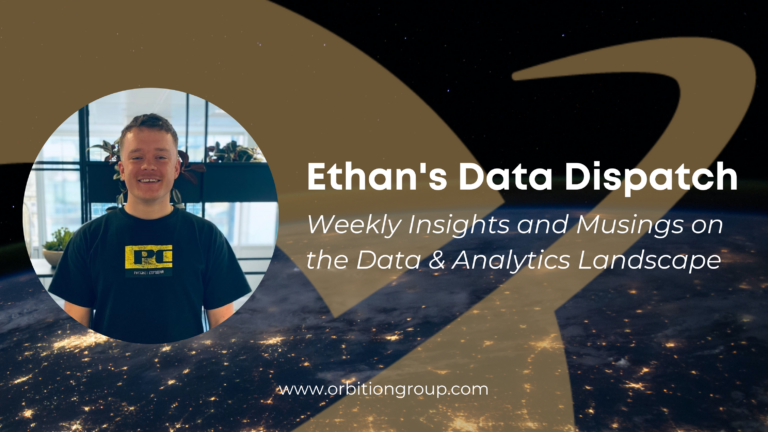
Last week’s blog touched on the benefits of being a data-driven business and that a robust data strategy is needed straight off the mark. The process of developing and implementing a data strategy varies from business to business depending on various factors, for example, data maturity. There are, however, clear steps and things that must be addressed to get the fundamentals right.
As with any good strategy, set out by defining your objectives, in this case, business objectives, and aligning them with your data strategy.
Identify the key areas where data can make a significant impact, such as marketing, operations, or customer experience, so you know where the data will add value.
Make sure to understand the capabilities and the infrastructure of the business early on in order to set realistic expectations of how ambitious you can be with the data strategy. It’s crucial to spend time identifying any gaps or limitations in your data so that you’re able to plug the gaps early and build a solid foundation.
It might not be the sexy part for some, but keeping a keen eye on data governance is vital. If there is a clear outline of roles and responsibilities, data ownership, and data privacy measures, you’re far less likely to be limited by outside influence, like regulations. Knowing where the important data you need is kept and how to access it will reduce the time it takes to get to the point of analytics. Once the data from across the organization is in the places you need it to be, that’s a large part of the battle won.
Once you’re at the all-important part of analysing the data for insights, it’s important to keep things as simple as possible. It’s an all too familiar story of businesses getting lost in the shiny tools, forgetting why they started this journey in the first place – to add value! Being able to use the newfound insights and communicating with the rest of the business effectively on how they add value, is an incredibly valuable skill.
I recently caught up with Jody Guetter, Executive Vice President of Market Innovation at Nymbus, as part of my interview series, Making Cents of Data, and we spoke about the importance of being able to ‘Humanise the Data’. Transforming data into more than just numbers or files, and tying them to real people, is one of the most effective ways to tell the story of the data and get your point across. If you can’t convince decision-makers, stakeholders, or clients of the insights that you’ve provided in order to generate action that will add value, then you’re falling at the last hurdle.
Implementing a data strategy can and will totally transform a business. If there’s an area of a data strategy that’s proving daunting, or if you’re at a crossroads with how to move in the right direction, please reach out and we’ll be happy to help!

Ethan Simpkin
Ethan is a highly skilled consultant with us here at Orbition, specializing in data and analytics.
With a passion for technology and a natural talent for identifying top talent, he has become a valuable asset to both clients and candidates in the industry.Read more.


